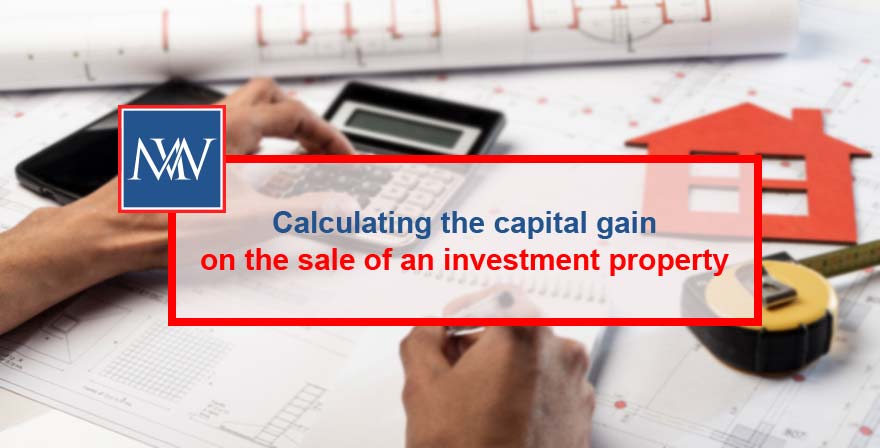
Calculating the capital gain on the sale of an investment property
Rising interest rates have forced many landlords to sell up. When selling an investment property, capital gains tax is payable at the residential rates to the extent that the gain is not sheltered by the annual exempt amount or available capital losses. Where the property has at some point been the landlord’s only or main residence, some private residence relief will also be available to reduce the chargeable gain.
The capital gain (or loss) is found by deducting the allowable costs from the disposal proceeds (or, where appropriate, the market value at the date of disposal).
Sale proceeds
The sale proceeds will usually be the amount for which the property was sold. However, in some cases, the computation of the gain is based on the market value at the date of disposal. This will be the case if you gave the property away or sold it for less than it was worth to help the buyer. You will also need to use the market value rather than the sale proceeds if the buyer is a connected person, such as a family member, even if they pay for the property.
Allowable costs
In calculating the capital gain, you can deduct allowable costs. These are:
- the purchase price;
- any incidental purchase costs;
- the cost of any improvements;
- any incidental costs of sale.
Purchase price
The purchase price will normally be what you paid for the property. However, there are exceptions to this rule.
If you inherited the property, the ‘cost’ will be the market value at the date of death.
The ‘cost’ will also be the market value at the date of acquisition if the property was acquired as a gift, unless it was a gift from a spouse or civil partner. The capital gains tax rules allow spouses and civil partners to transfer assets between themselves at a value that gives rise to neither a gain nor a loss. The upshot of this is that the allowable costs incurred by the transferor (original cost, incidental costs of acquisition and any subsequent improvement expenditure) are transferred to the transferee spouse or civil partner and deducted, along with any further allowable costs, when they dispose of the property.
If the property was acquired on or before 31 March 1982, it is rebased to its value at that date and the 31 March 1982 value is used to calculate the gain where it is higher than the original cost. There is no relief for inflationary gains since 1982.
Incidental purchase costs
Incidental acquisition costs can also be deducted in calculating the capital gain. This will include legal fees, surveyors’ fees, stamp duty and such like.
Improvement costs
The cost of any improvements made to the property can also be deducted when calculating the capital gain. This will include, for example, the costs of an extension or loft conversion. It is important to distinguish between improvement works, such as upgraded windows, and normal maintenance, such as replacing a few broken roof tiles or painting the walls. While the improvement expenditure can be deducted, maintenance costs cannot.
Incidental costs of sale
Any incidental costs of selling the property, such as estate agents’ fees and legal fees can also be deducted in calculating the gain.
For more information, Book a Free Consultation
Need Accountancy Support?
For information on bespoke training, or if you have any other questions for Makesworth Accountant, please fill in your details below
















 151
151